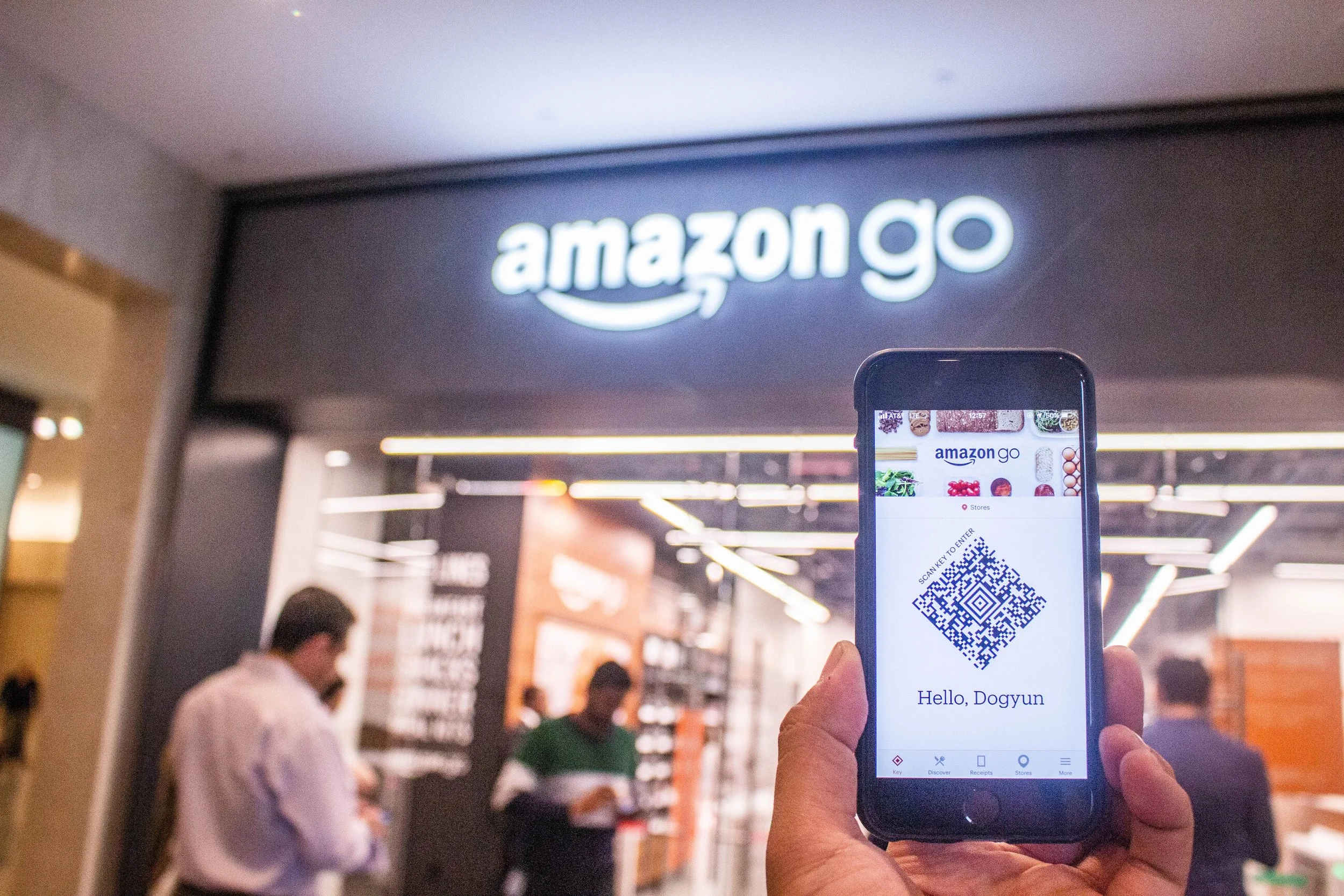Little more than two years ago, the ‘tap to pay’ culture – whether by card or by phone – was dominated by the younger end of the adult demographic. Today, accelerated by a global pandemic that that focussed on eliminating common touch points, it is ubiquitous and used across generations.
At the same time, QR codes, previously the domain of geeks and engineers, became commonplace, and a widely accepted method to gain touch-free access to menus, to register for services, and yes, to authorise and authenticate payments.
With the smartphone camera in your hand, and no need for any special application, QR codes can be used to generate transactions that can not only confirm who you are, but also confirm your entitlement and ability to access and pay for goods and services.
Put it this simply: a teenager using their smartphone to pay for a cinema ticket could be revealed as under-18 and not entitled to see the movie; at the other end of the scale a smartphone tap might reveal that the citizen claiming the senior price reduction had also not yet reached the appropriate age.
But this link between identity, entitlement, and payment technology isn’t always simply about low-level fraud. It’s a technology that could be used to provide reassurance and protection about some very serious examples of fraudulent activity.
Writing in Forbes magazine recently, David Birch, used the phrase: ‘a solution looking for a problem’ - an accusation often levelled at QR codes. Birch pointed out that a ‘tap to prove’ your identity and your credentials was a solution that could solve millions of problems. We agree wholeheartedly, and encrypted QR codes such as the ones in our one-scan solution could be a fundamental element in the digital ID chain.
Birch highlighted the case of a woman in the UK who took around 150 driving tests for other people before being discovered and sent to jail; and the pilot who lied about his flying experience and flew planes for British Airways subsidiaries for two years before the truth was uncovered.
This is about using smartphones and digital technology to prove who we are, that we have the funds to pay for the goods we are buying, or the qualifications to carry out the services we are offering. It’s about using the power of the smartphone to generate all manner of verified transactions.
Recently, the focus for those transactions have been on one-off payments; but the same technology transfer of information could be used to open a hotel room door or gain access to a restricted facility; it could be used to prove age in a bar, qualifications for a job, or a range of personal information for a credit agreement.
At their heart, payment technology solutions like Onescan are a means of simply, securely and speedily authenticating and verifying an exchange of information. Payment technology and identity technology are two sides of the same coin.
So if you want to know how Onescan can help your business or learn more about our encrypted, secure contactless payments with no upper limit on the payment amount, then click here.


